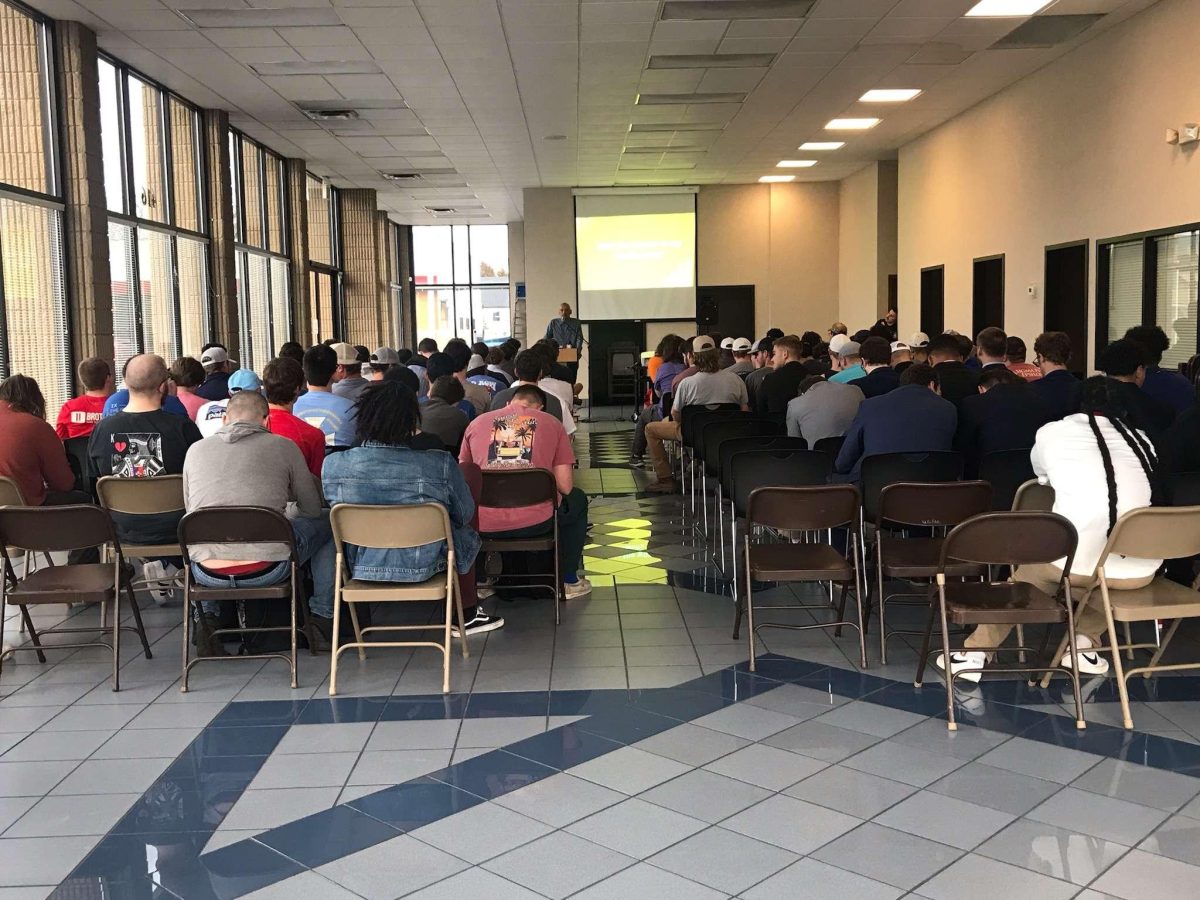From limited availability and repetitive menus to affordability and dietary accommodations, frustrations with meal plans at Austin Peay State University are rising, with many students demanding change.
Nearly 90% of on-campus residents utilize a meal plan, while 20% of enrollment—including online and commuter students—purchase plans. As affordability and options remain a pressing issue, questions arise about how the university addresses these problems.
Freshmen living on campus must enroll in a meal plan when applying to Austin Peay. John Carter, director of housing, residence life and dining services, said meal plans ensure access to nutritious meals during the transition into independence for students.
“For freshmen living on campus, having a meal plan is a requirement because it helps ensure they have access to nutritious meals while adjusting to campus life,” said Carter. “Since it’s often their first year living independently, we want to make sure they stay well-fed and don’t have to worry about meal preparation.”
However, some students, like 18-year-old computer science major Mark Tate, argue that the requirement fails to meet his needs.
“The time periods cause me to waste meals, leaving me unable to eat unless I use flex dollars, which run out faster. If this is the case, I should be able to choose flex dollars only or any plan I want as a freshman,” said Tate.
The mandate on meal plans also raises concerns for students facing financial struggles. However, Carter said costs can be offset through scholarships, financial aid or university assistance, telling students to contact the financial aid office for support for any students experiencing hardships.
Affordability and value for what you pay for remain the key complaints. Nineteen-year-old social work major Anauria Russell called the plans unsustainable for herself and her wallet.
“I had 1,000 flex dollars, and they went away in three months,” said Russell.
Carter said the pricing of meal plans reflects goods and labor costs. Austin Peay is aiming to find a balance between affordability and quality. Dining services solicit feedback via kiosks and text feedback that can be sent in and acknowledge the ongoing challenges.
“The biggest issues involve cost, flexibility and equity,” Carter said. “Rigid structures may not suit students with dietary needs, schedules or budgets.”
Solutions proposed by Dining Services include tiered plans, expanded financial aid, partnering with local vendors and transparency with students.






